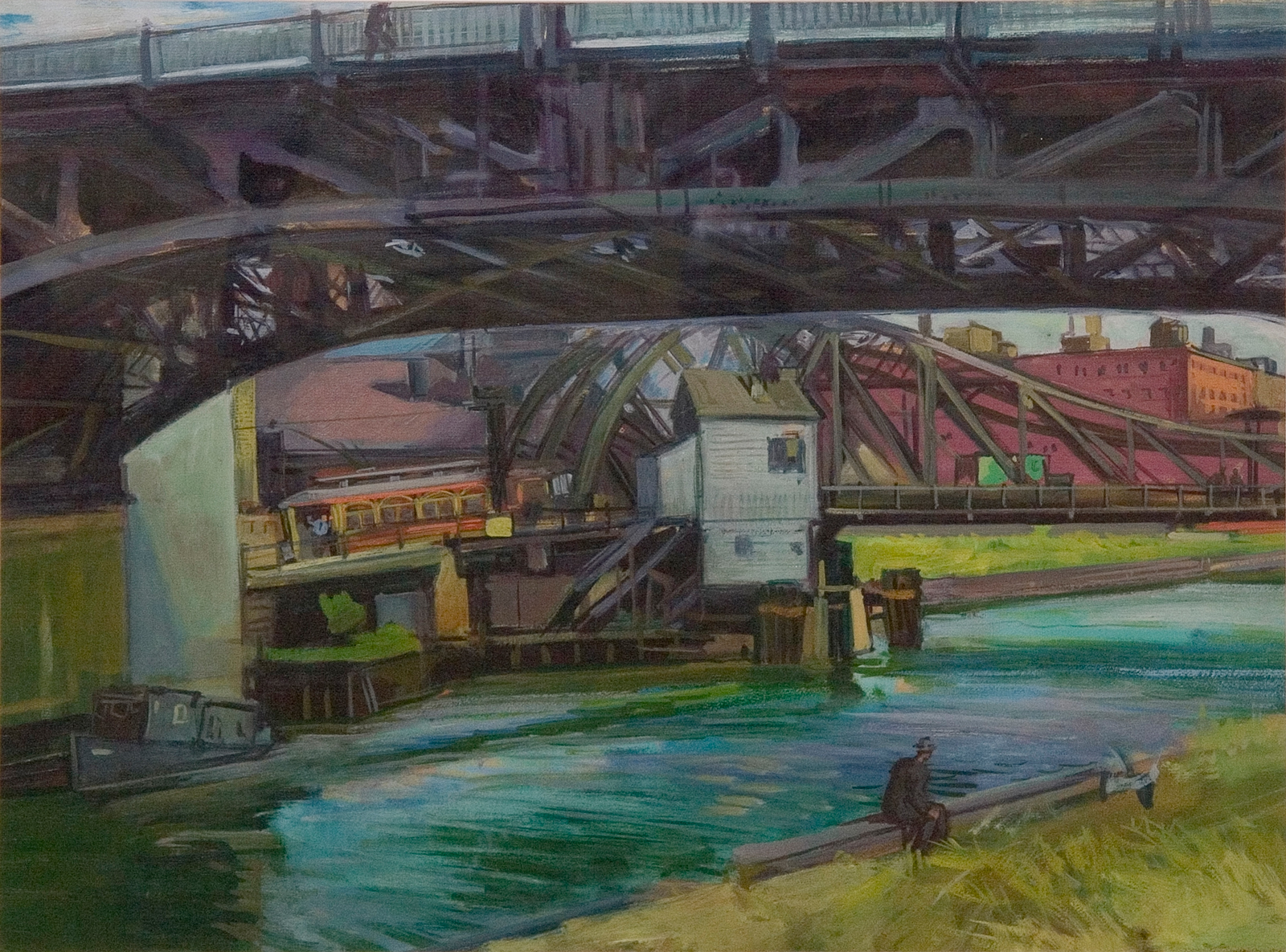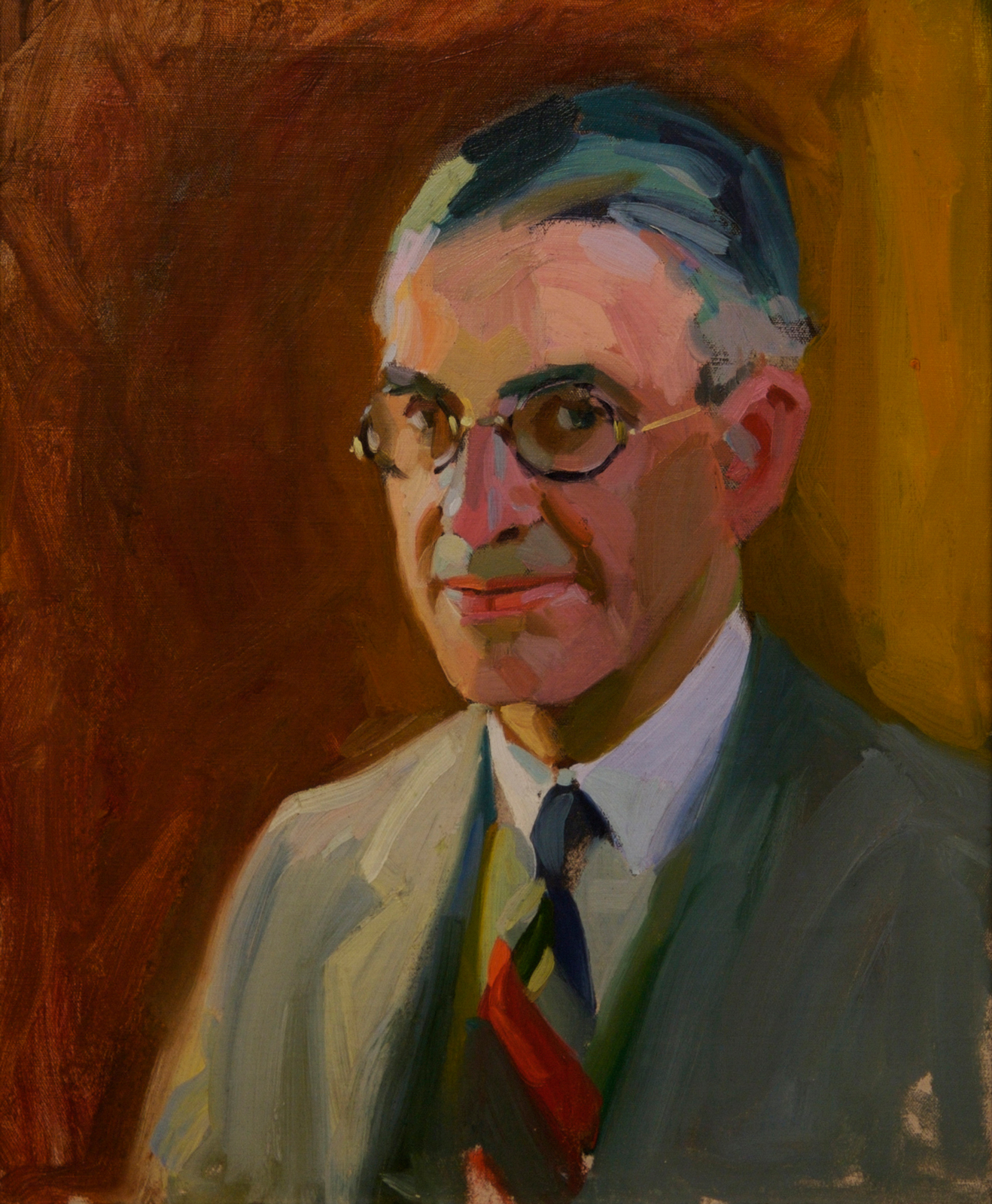Edgar Rupprecht
When a fellow artist asked Edgar Rupprecht (1889-1954) why, in a laudable portrait he’d created of the critic Ashton Stevens, he had made Stevens’s complexion so ruddy, Rupprecht offered a bemused smile. He replied simply that Stevens had a sunburn at the time, and he was just painting things as he saw them. It was a cheeky answer for a painter who was in the habit of eliciting responses he wanted to see from his subjects — with one boy who possessed a flickering, bashful smile, for example, Rupprecht kept up a stream of jokes and odd pronunciations of words in order to bring out the expression over and over. They were efforts that paid off: by the mid-1920s, Rupprecht was a prominent name in Chicago’s art scene.
Born in Zanesville, Ohio, Rupprecht maintained a near-lifelong connection to the School of the Art Institute of Chicago — first as a student under more conservative artists like Impressionist Karl Buehr and Kenyon Cox, then later on as a teacher espousing the modernist theories and methods of Hans Hoffman, who he studied with in Munich. Though both Rupprecht and his wife, fellow artist Isobel Steele MacKinnon, worked with Hoffman, the changes in Rupprecht’s art after his period abroad were more subtle than the more drastic turn MacKinnon’s work took; after 1929, Rupprecht brought a looser line and a sharper, slice-of-life cut to the street scenes and harbors that constituted his usual subject matter. When the two returned to the U.S. in the 1930s, they settled in Chicago’s Old Town neighborhood, both eventually earning teaching positions at SAIC and spending summers teaching at the Ox-Bow Summer School of Art in Saugatuck, Michigan.

